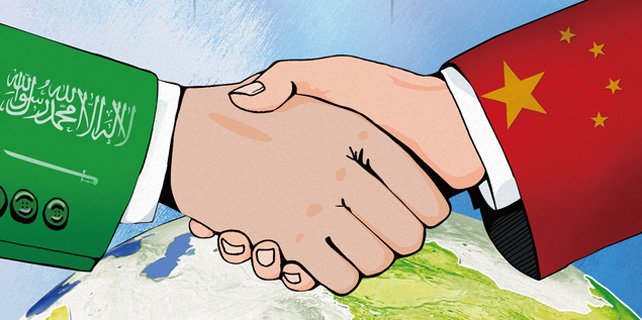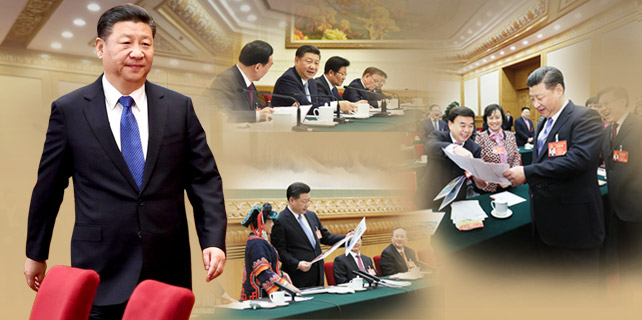China's economic policies to balance growth, reforms and risk control
BEIJING — As the downward pressure on economic growth has eased, China's policy focus will shift toward maintaining stability while continuing to promote structural reforms.
"Instead of counter-cyclical management to fight deflation, the government will put more emphasis on structural reforms to lift the long-term potential growth of China," according to a research note from China International Capital Corp (CICC).
China lowered its 2017 economic growth target on March 5 to the much-speculated "around 6.5 percent," the lowest target in a quarter of a century, a sign of its resolve to put quality over fast growth.
China's monetary policy will shift to a neutral stance, with more emphasis on preventing financial risks. Furthermore, the monetary policy conduct will likely be more coordinated and the RMB exchange rate may remain largely stable, said the CICC report.
According to the government work report released Thursday, China will build a "firewall" against financial risk, and keep a careful watch on non-performing assets, bond defaults, shadow banking and internet finance.
The CICC report also forecast that further reform progress will be made in the agricultural, manufacturing, and SOE sectors, measures will span rural land reform, the elimination of obsolete and high-polluting capacity and SOE reforms in power, oil and gas, railway, civil aviation and national defense.
As for the property policies, the CICC report noted that China will put more emphasis on sustainable development of the real estate market through increasing land supplies in cities with low inventories and measures to rein in speculative property demand.
Meanwhile, the central government will continue to promote investment under the Belt and Road Initiative, said the report, adding that investment may accelerate this year, since the Belt and Road summit, which will be held in Beijing mid-May, will promote the initiative.
















